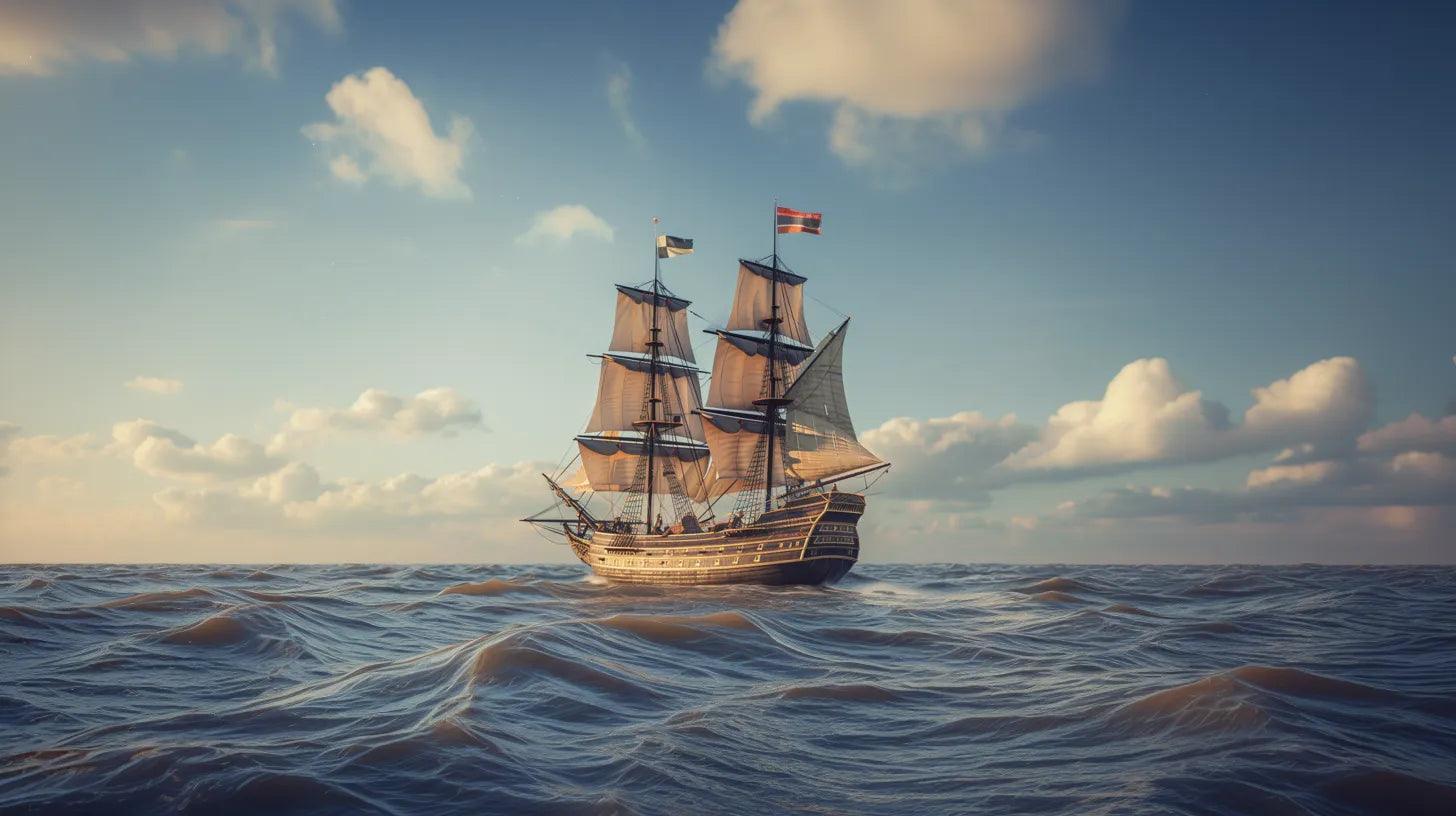
Zuytdorp: The Mysterious Voyage of a Silver-Laden Journey to Eternity
The Zuytdorp, a prominent vessel of the Dutch East India Company (VOC), embarked on a voyage that became etched in the annals of maritime history not for the treasures it carried or the destinations it reached, but for its mysterious disappearance and the enduring legacy it left along the Western Australian coastline.
The Epoch of the Zuytdorp
Constructed in the Netherlands, the Zuytdorp was a product of the robust maritime industry that flourished during the late 17th and early 18th centuries. As a VOC ship, it was a part of the extensive trade network that connected the far reaches of the East Indies with Europe.
The Illustrious yet Doomed Voyage
The Zuytdorp's final voyage began in August 1711 under the command of Captain Marinus Wijsvliet. The ship was bound for Batavia, modern-day Jakarta, carrying approximately 200 passengers and crew and a significant cargo, which included a substantial quantity of silver coins, estimated at 248,000.
The Mysterious Demise
After stopping at the Cape of Good Hope in March 1712 and taking on new crew members, the Zuytdorp continued its journey. However, it never reached its destination. The ship's disappearance was marked by its absence in Batavia, with no survivors to recount what had transpired.
Rediscovery and Archaeological Insight
The wreckage of the Zuytdorp was discovered in 1927 and positively identified in 1958. Despite the challenging conditions at the site, the Western Australian Museum conducted several salvage attempts and studies. They recovered a plethora of artifacts, including coins, lead ingots, glassware, and a well-preserved cannon, which not only provided a glimpse into the lives of those on board but also the shipbuilding practices of the Dutch in the Zeeland shipyards.
Legacy and Cultural Impact
The Zuytdorp remains a significant archaeological site, with the Western Australian Museum's research suggesting that survivors may have interacted with and possibly joined local Aboriginal groups, potentially becoming some of the first European inhabitants of Australia.
Conclusion
Today, the Zuytdorp is a testament to the perilous nature of seafaring and the enduring quest to unravel the past. It serves as a somber reminder of the human desire to explore and the unpredictable wrath of the oceans that so often dictated the fates of these historic voyages.




